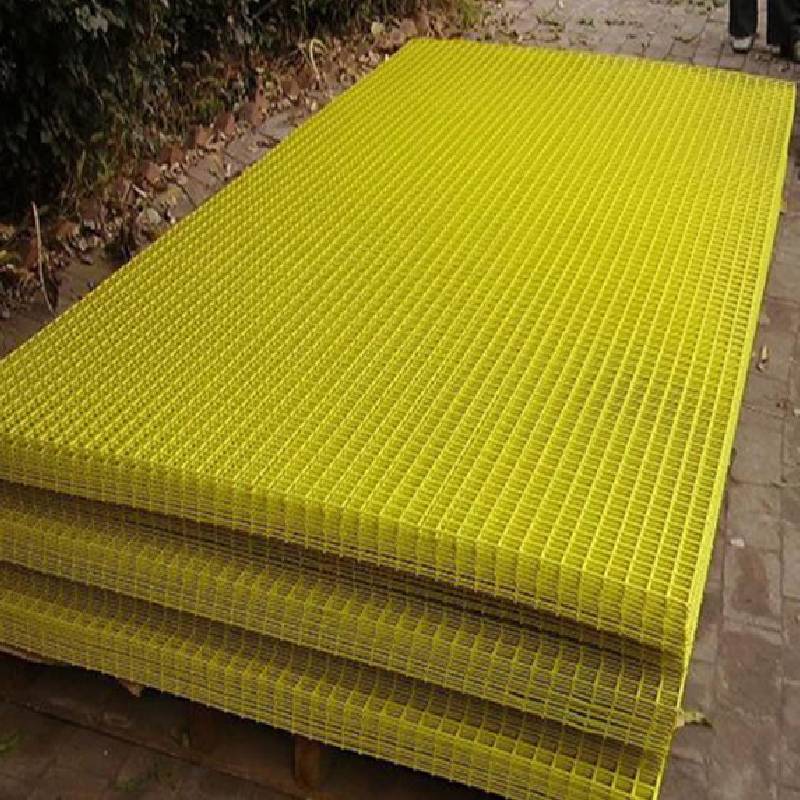
- Mobile Phone
- +8613931874955
- sales@cntcmetal.com
Durable and Sturdy Tomato Cages for Optimal Support and Growth in Your Garden
Understanding Heavy Tomato Cages A Gardener's Essential Tool
For anyone who has ever attempted to grow tomatoes, the importance of robust support structures cannot be overstated. Tomato plants, known for their vigorous growth and sprawling nature, require a supportive framework to thrive. This is where heavy tomato cages come into play, providing the structural integrity needed to support these beloved garden staples.
What Are Heavy Tomato Cages?
Heavy tomato cages are specifically designed support systems made from durable materials such as galvanized steel or thick, coated wire. Unlike traditional, lightweight cages that may bend or collapse under the weight of a mature tomato plant, heavy-duty options are constructed to withstand the environmental stresses of wind, rain, and the sheer weight of fruit-laden branches. These cages come in various heights and widths, allowing gardeners to choose a style that best fits their growing conditions and plant variety.
Why Choose Heavy Tomato Cages?
1. Durability The primary advantage of heavy tomato cages is their longevity. Lightweight cages may need frequent replacements as they wear out or become ineffective. In contrast, a well-constructed heavy cage can last for years, making it a wise investment for serious gardeners.
2. Support As tomato plants grow, they tend to become top-heavy, especially when laden with ripe fruit. A heavy-duty cage provides the necessary support to prevent plants from tipping over or breaking under the weight. This is particularly beneficial for indeterminate tomato varieties, which continue to grow and produce fruit until frost, requiring a sturdy support system throughout the growing season.
3. Better Air Circulation Heavy tomato cages are often designed to allow for adequate air circulation around the plant. This is crucial for preventing diseases such as blight, which thrive in humid environments. With proper spacing, plants can dry out more quickly after rain or watering, promoting healthier growth.
4. Easier Harvesting With a well-structured cage, the fruit is elevated off the ground, making harvesting easier. Gardeners can easily reach for ripe tomatoes without having to bend down or search through dense foliage. This benefit is especially valuable for those who garden in raised beds or other non-traditional planting areas.
heavy tomato cages

Choosing the Right Cage
When selecting a heavy tomato cage, consider several factors
- Height and Width Choose a cage that will accommodate the expected growth of your tomato plant. Taller varieties typically require cages that stand at least 4 to 6 feet high.
- Material Look for cages made from rust-resistant materials such as galvanized steel or heavy plastic to ensure longevity.
- Design Some cages are round, while others may have a more rectangular or square shape. Select a design that suits the growth habit of your specific tomato variety.
- Stability Ensure that the base of the cage is wide enough to provide stability, especially in windy conditions. Some models even offer stakes that can be driven into the ground for additional support.
Conclusion
Heavy tomato cages are an indispensable tool for any gardener looking to cultivate healthy, flourishing tomato plants. By providing the necessary support to withstand the rigors of nature, these robust structures not only enhance the growth of the plants but also improve the overall yield and quality of the harvest. When investing in gardening equipment, opting for heavy tomato cages can lead to a more productive and enjoyable gardening experience, turning your patio or backyard into a productive tomato haven. Happy gardening!
share:
-
Your Source for Concrete Wall Ties and Masonry AccessoriesNewsJul.10,2025
-
Unlocking the Power of Iron Wire for Every ProjectNewsJul.10,2025
-
Explore Advanced Chain Wire and Stainless Steel Mesh FencingNewsJul.10,2025
-
Discover the Benefits of Annealed Wire ProductsNewsJul.10,2025
-
Discover China Stainless Steel Wire Mesh SolutionsNewsJul.10,2025
-
Build with Confidence Using High-Performance Masonry AccessoriesNewsJul.10,2025
-
Why Sacrificial Formwork Is Redefining Underground ConstructionNewsJun.06,2025



















